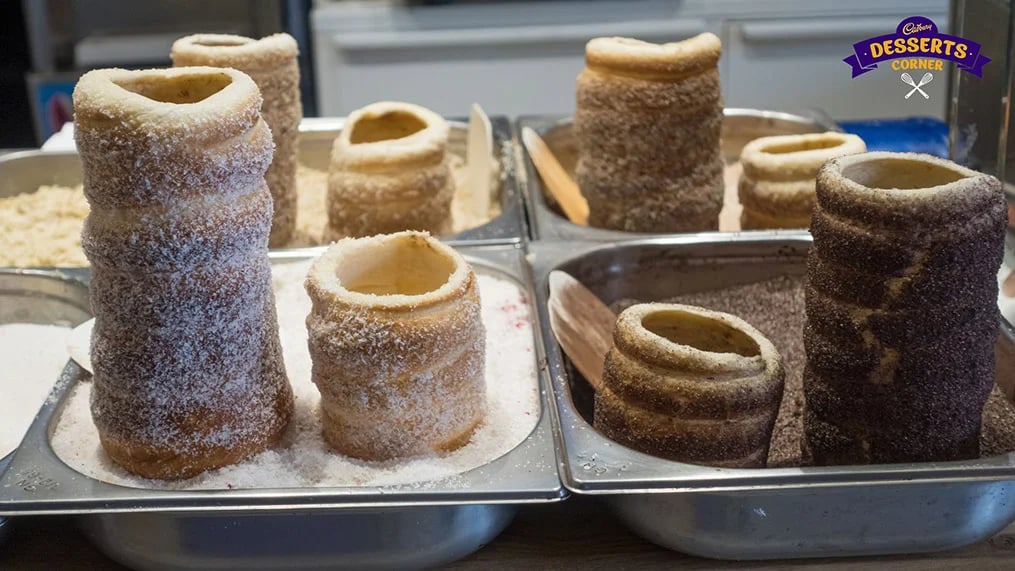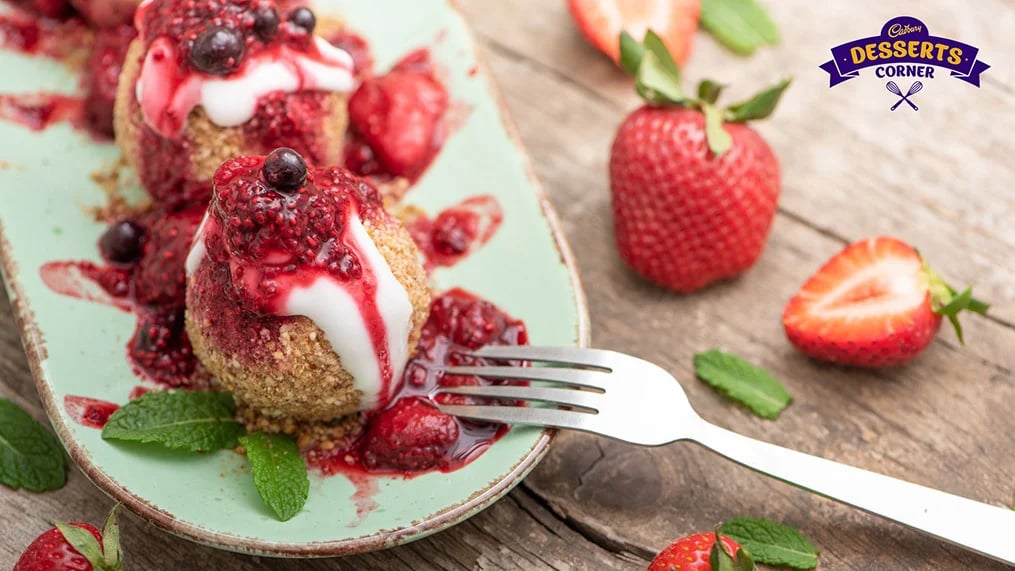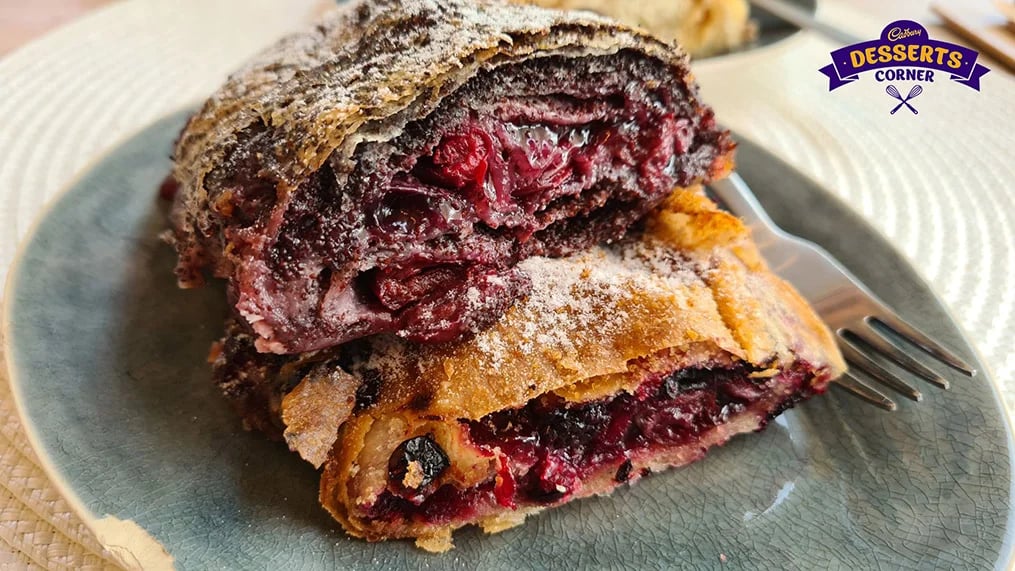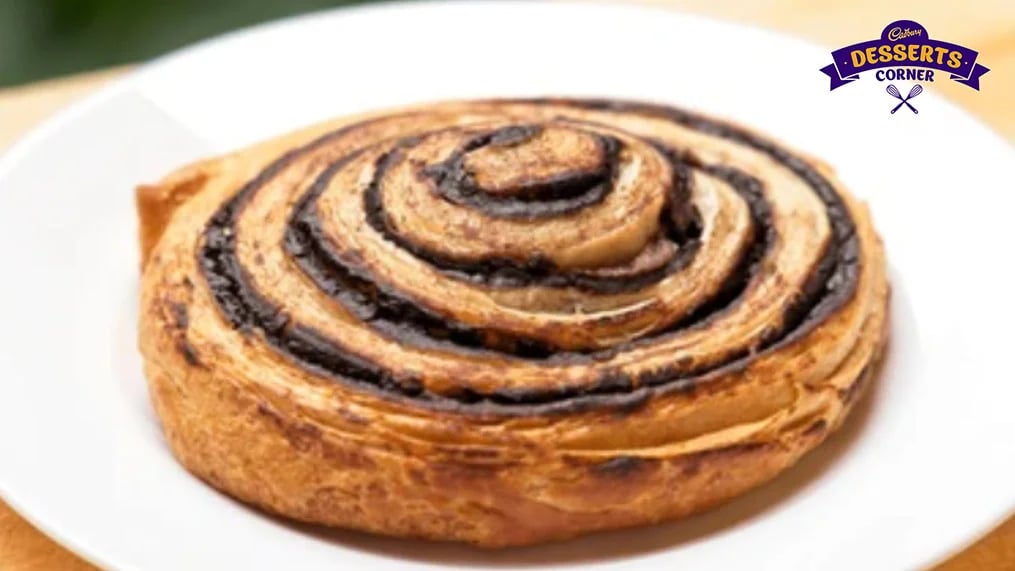Hungary is home to the Dobos Torta,a six layered cake that the Hugarians are proud of. Besides that there are other simpler fares that will appeal to everyone whether or not they have a sweet tooth.

Hungary is known for its cottage cheese, poppy seeds and an array of spices that find their way into desserts. With a geography linking Eastern and Western Europe, Hungarian baking assimilated techniques from Austria, Germany and the Ottoman Empire. To this day, Hungarian pastries remain influenced by the Austro-Hungarian empire of the past. Rich chocolate creations sit alongside lighter, egg-based confections that echo Vienna's legacy. Nuts, especially walnuts, are also a signature ingredient—both for their abundance in the landscape and as a means to prolong shelf life before refrigeration.
1. Kürtőskalács

Tourists will better know kürtőskalács as chimney cake which is a popular street food in Hungary, the Czech Republic, and Romania. As its name suggests, it resembles the shape of a chimney that peels off quite easily and makes for a great street food dessert. To create a chimney cake, a soft dough is wrapped around a wooden cylinder and slowly baked over hot embers. This leaves the inside soft while the outside develops a slightly crisp texture. The finished cakes are hollow inside and measure 15 to 20 centimeters long. Traditionally, chimney cakes are topped with cinnamon for flavor. However, cocoa or chopped hazelnuts are also common. These cakes are also made in double layer cake variations with one cake tiered over another. You won't find these treats sold in restaurants - they are exclusively purchased from street vendors or at festivals.
2. Túrógombóc

Túrógombóc, or cottage cheese dumplings, are made from túró cottage cheese, which is a Hungarian specialty. The dumplings are cooked in boiling water, removed from it, then coated in toasted breadcrumbs and served warm with its soft interior. Flavors like vanilla or lemon zest are often added to the túró cheese mixture, along with egg whites and yolks to lighten and fluff up the texture. Sugar is not used in the dumplings themselves, but a light sprinkle of sugar is added on top along with fresh fruit and a generous dollop of sour cream. Túrógombóc can be enjoyed in restaurants throughout Hungary. They may be served in different sizes, and sometimes have additional toppings made from sour cream-based sauces. Their mild flavor profile suits those with less of a sweet tooth in search of warmth on a chilly evening. A taste of Hungarian comfort through simple preparation.
3. Dobos Torta

Legend has it this iconic Hungarian cake was invented in 1885 by the renowned chef and confectioner József C. Dobos. Like many cakes of its homeland, Dobos torta features alternating layers of cake and filling. But what makes it truly special is that luscious chocolate buttercream sandwiched between. A slice of Dobos Torta reveals six thin layers of sponge cake visible through the thick coating of caramel that covers the top. The sides are coated in ground walnuts, protecting the moist layers within. Over a century later since its invention this cake remains one of Hungary's most famous treats.
4. Rétes

Réte's lineage traces back to baklava in Turkey, so, having a Réte is like biting into the descendant of the baklava. Spreading through the Ottoman Empire in the 16th century, this pastry reached Central Europe — evolving into the strudel we know today. In Hungary, rétes emerged as a thinner, more delicate cousin to Austrian strudel. Its fillings tend creamy rather than chunky apple or plum pieces. Traditional versions feature poppy seeds, plums, sour cherries, or turo, a cottage cheese mixed with jam. While Austria sticks to fruit, experimenting with new fillings allows rétes to showcase Hungary's creative spirit.
5. Krémes
For those whose tastes prefer simplicity over multi-layers or flavors, Krémes may be just up your alley. As its name - also known as mille-feuille, mille foglie or vanilla slice - suggests, Krémes is a deceptively simple cake composed of just two primary elements: puff pastry and a creamy filling. Hungarian bakers have mastered crafting the pastry in a way that results in an incredibly light yet crisp dough. It breaks satisfyingly between the teeth upon biting but stubbornly resists a spoon. Paired with a usually rich, soft vanilla custard that is not overly sweet, the ratio of cream to pastry highlights each component. The crunch of the pastry perfectly offsets the smooth creaminess of the filling.
6. Kakaós csiga

The chocolate snail, or "kakás csiga", has risen from humble beginnings to become a staple of Hungarian bakeries. One local tale says it originated from a baker using leftover dough, rolled and sprinkled with cocoa; another tale credits its invention, to satisfy customers at a birthday party. You will find kakás csiga everywhere from street corner bakeries to metro station kitchens in Budapest. It is distinctive for its spiral shape rolled from flour, eggs, milk, sugar, and yeast dough enriched with butter. Whether eaten with coffee or milk, it makes for an inexpensive breakfast treat with staying power in Hungarian cuisine and culture.
7. Somlói galuska
This famous Hungarian dessert originated from the renowned Gundel restaurant in Budapest. Somlói galuska is a favorite among Hungarians, though its name is sometimes misinterpreted. The name refers to the hometown of the creator, Somlyó, not the Somló region as some assume. While "galuska" can translate to "dumplings," this dessert consists of layers of different flavored sponge cakes scooped into balls rather than dumplings. The layers are composed of plain, chocolate, and walnut sponge cakes soaked in rum for softness. They are alternated with custard cream, sometimes with raisins.
Like This Article?
More Like This




Popular Articles





Trending Web Stories
Curated Recipes


















